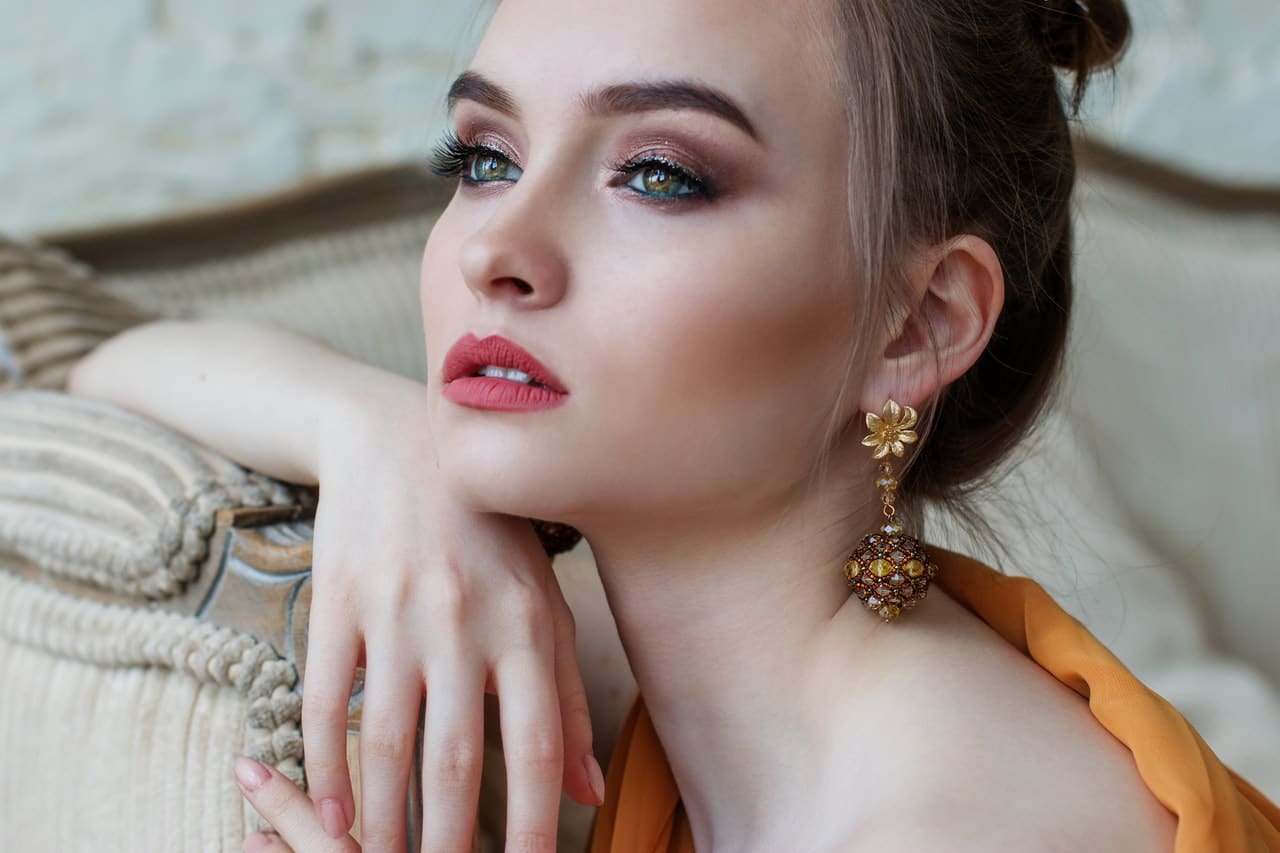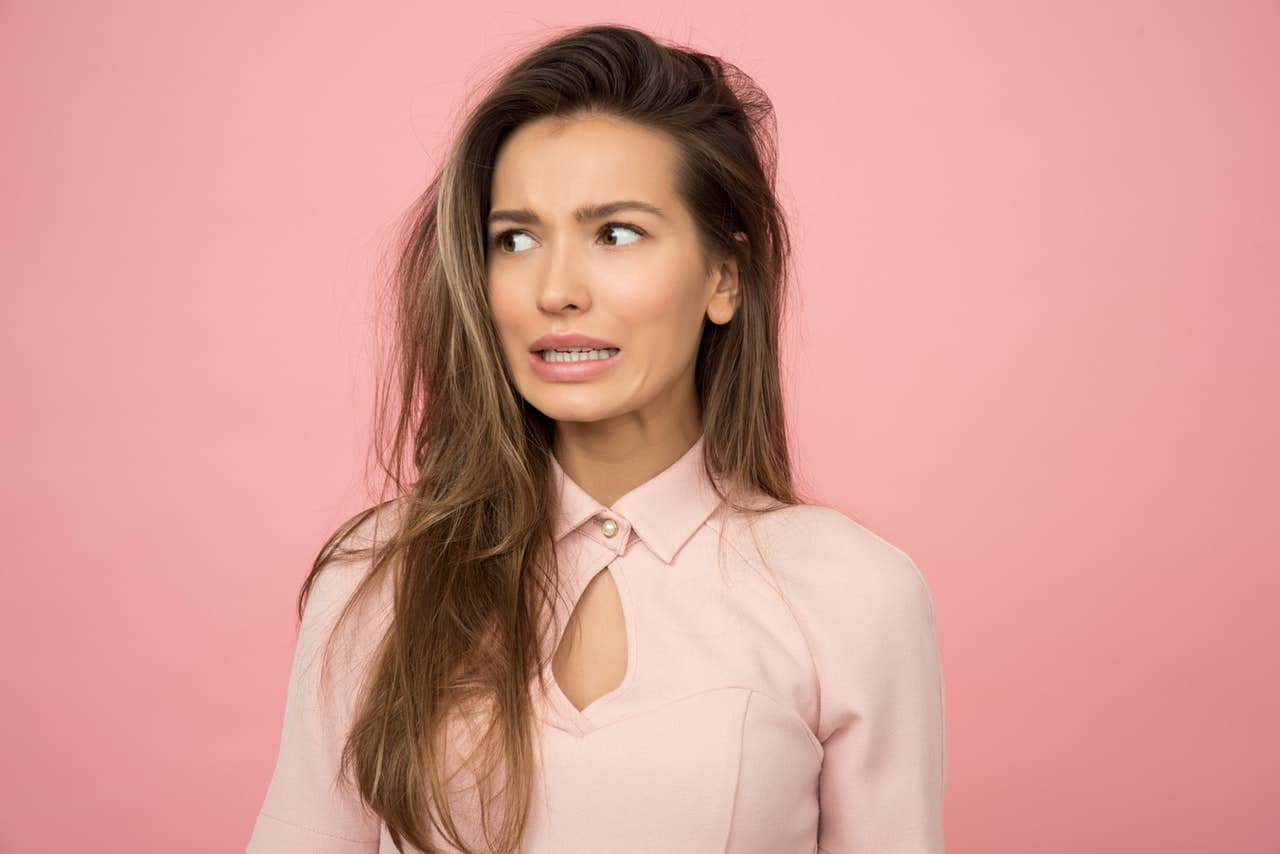In this article, we will discuss the influence of social networking sites on the body images of young women. Do pictures on social networking sites like Instagram influence how someone looks at their own body? And if so, what is the reason for that?
Introduction
If you like it or not, social networking sites have become a fundamental part of the lives of many young people around the world nowadays. As with everything social networking sites also have a negative side, so naturally, researchers have been concerned with the potential negative impact of social networking use. Some examples of social networking sites or apps are Facebook, Instagram, Twitter but also Pinterest, SoundCloud and Flickr are social networking sites. This negativity can be taken away by www.iigers.com because they give you a positive boost!
Previous research has found a link between the amount of time women spend on Facebook and their self-objectification. Self-objectification is how someone’s viewing one’s body as an object to be gazed upon. This is concerning because self-objectification is an essential predictor for disordered eating and depression among young women. Despite this, there has been done very little research on the association between the use of other social networking sites and women’s appearance concerns.
After Facebook, Instagram is the most popular and fastest growing social networking site with over one billion monthly active users. The social networking site is particularly popular among young women, who on average are spending around 30 minutes a day on the site. Because the primary goal with Instagram is to post and share pictures, researchers suggested that Instagram may be more damaging to women’s appearance concerns than other social networking sites like Facebook. Because of this, it is critical to inspect the association between the use of Instagram and women’s appearance-related worries and views.
IMAGE: PEXELS
The Reason For Body Dissatisfaction Through Two Different Pathways
Different socio-cultural models of body image suggest that social networking usage can lead to body dissatisfaction through two different paths. The first pathway is the internalization of the societal beauty standards and the trend to compare one’s appearance to the appearance of others. Internalization refers to the level to which people endorse societally defined beauty standards as personally meaningful goals and beliefs.
Regarding the second pathway, theory suggests that people have a natural drive to compare themselves to others to determine their progress and standing on many different aspects of their life. These comparisons can be made with others considered to be better off than themselves, and with others believed to be worse off than themselves. Upward comparisons may lead to negative consequences, and downward comparisons may lead to positive results.
Even though this is mostly true, research suggests that having a greater tendency to compare one’s appearance to others, in general, can also be associated with adverse outcomes. So when it comes to analyzing your presence, it may not matter if it is an upward or downward comparison.
Research on social networking sites has shown that the similarity of appearance plays a role in the relationship between Facebook usage and women’s self-objectification and appearance concerns. Besides Facebook, Instagram may also influence self-objectification and body image through these two pathways.
Mainly because Instagram is an image-based social networking site, with almost 100 million pictures uploaded every single day, providing people with opportunities to compare their appearance to others on a regular basis. People also enhance and edit their photos on Instagram, mainly with filters provided by Instagram and sometimes with third-party applications, before posting their photos online.
This way they will get ‘perfect’ pictures that add to the societal beauty ideals and will also result in people judging themselves because they believe they are less attractive than the people in the photos on Instagram. Both these reasons add to greater body dissatisfaction and self-objectification.
Difference Facebook And Instagram
Research shows that appearance comparisons to various target groups on social networking sites like Facebook are differentially associated with women’s self-objectification and appearance concerns. Women typically report comparing their own appearance more often to images of friends, their previous selves, and acquaintances that to celebrities on these social networking sites.
Adding to this, appearance comparisons to peers on Facebook mediated the relationship between Facebook usage and women’s self-objectification and body image concerns. It may not be surprising that comparisons to peers featured mainly in the association between body image concerns and Facebook usage, given that Facebook is primarily used for interacting with peers.
On the other hand, on social networking sites such as Instagram, it is much more common for people to view pictures of celebrities and models and to follow them. So, comparisons to stars might be much more noticeable on social networking sites like Instagram than on social networking sites like Facebook. Another very unique feature of Instagram is the projection of ‘Fitspiration’ pictures, which are pictures intended to motivate people to eat healthily and exercise.
Research shows that young women are among the largest consumers of fitspiration pictures. Even though these pictures may motivate people toward a healthier lifestyle, they are also mostly appearance-focused and on a regular base contain more women with thin and tined bodies.
These pictures can also be sexually objectifying, only contain specific body parts like abs or legs, or contain sexually objectifying phrases or poses. Women in fitspiration pictures mostly match the current societal beauty ideals, which are unattainable for most women. This will often result in upward appearance comparisons and greater body dissatisfaction.
A study found that exposure to fitspiration pictures from Instagram led to negative mood and greater body dissatisfaction among young women. This relationship was mediated by how frequently they compared their appearance to other people in those images. So, the more you compare your appearance to that of people on fitspiration pictures the higher the chances you will have a negative mood and greater body dissatisfaction.
Conclusion
In this article, we discussed what the influence of social networking sites like Instagram has on the body image of young women and why. We found that when you compare your appearance to that of others on social networking sites, it can have positive and negative outcomes.
More often than not it will have a negative impact, especially when you compare yourself to people on fitspiration pictures. So the moral of the story is; don’t compare your appearance to that on others on social networking sites. Besides that, everyone has a different body the pictures on social networking sites are often edited and enhanced.
If you are interested in even more social media-related articles and information from us here at Bit Rebels then we have a lot to choose from.


COMMENTS